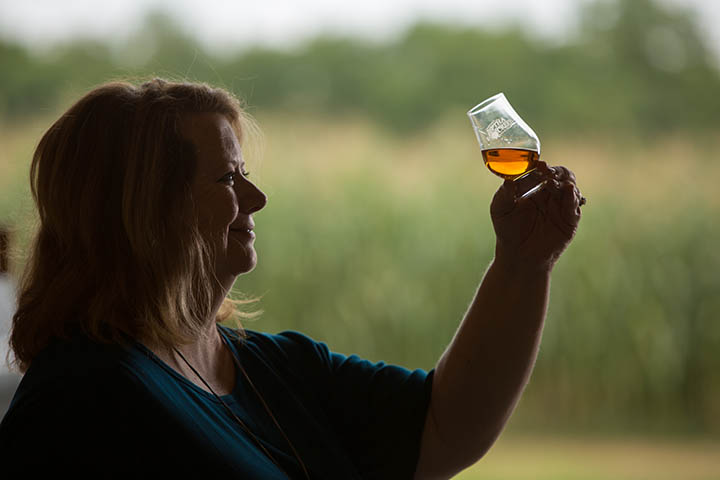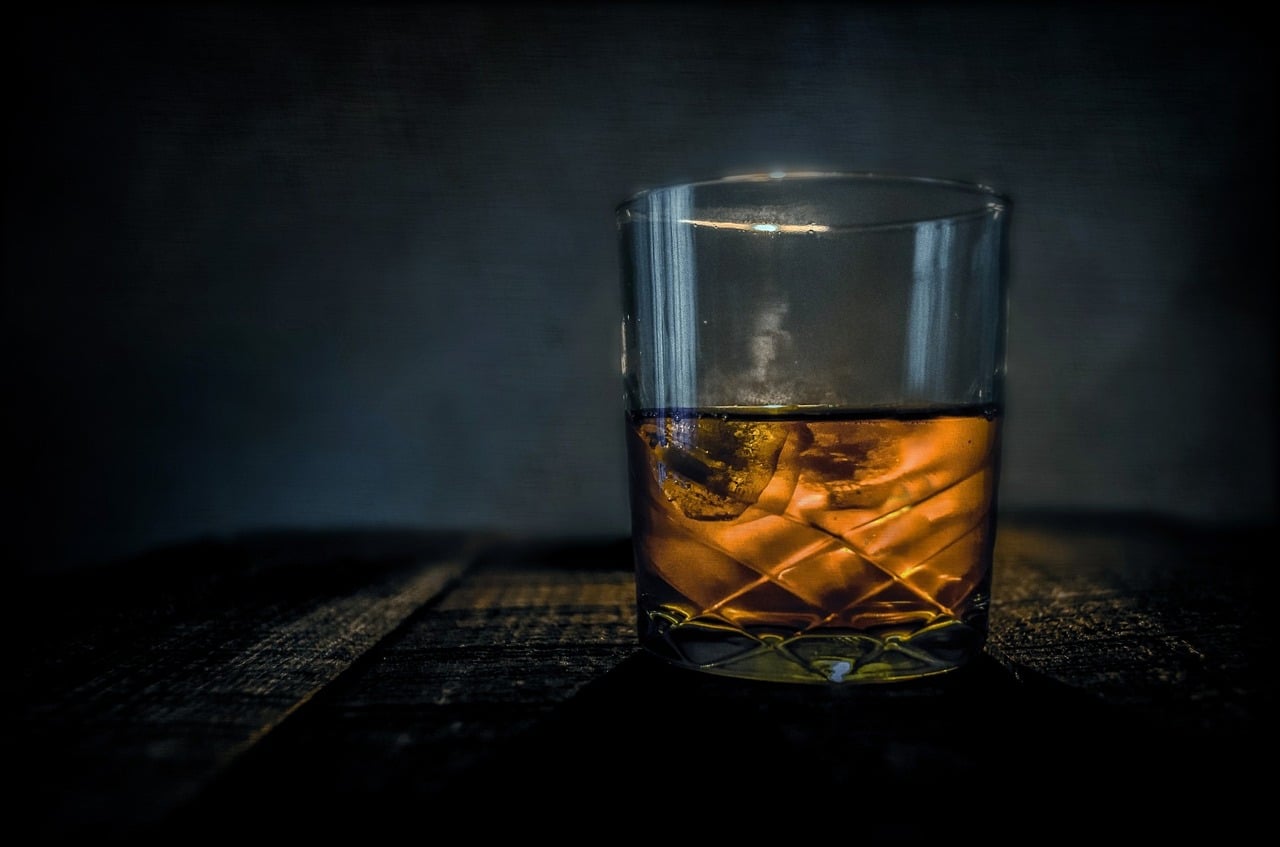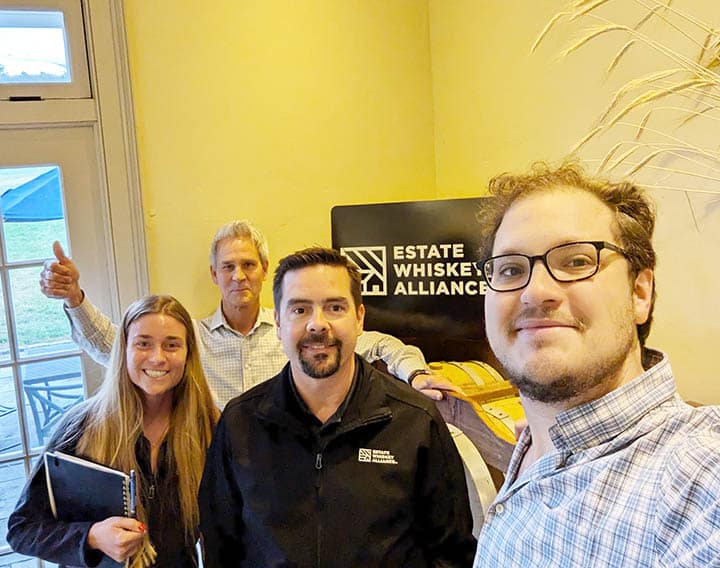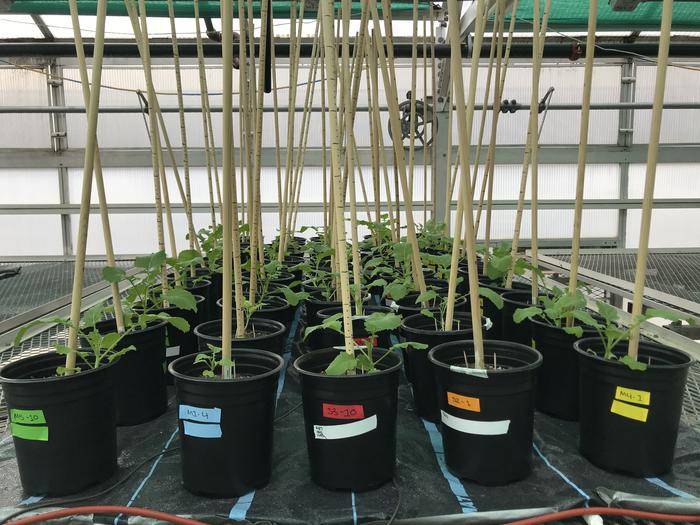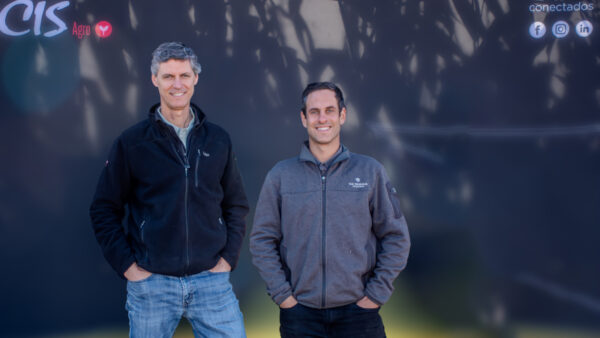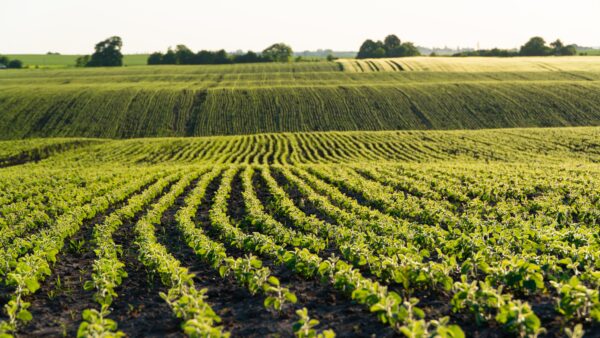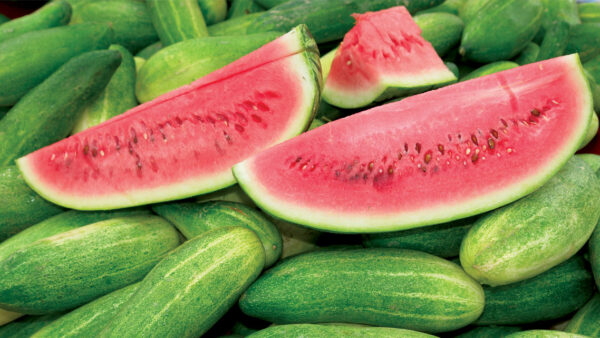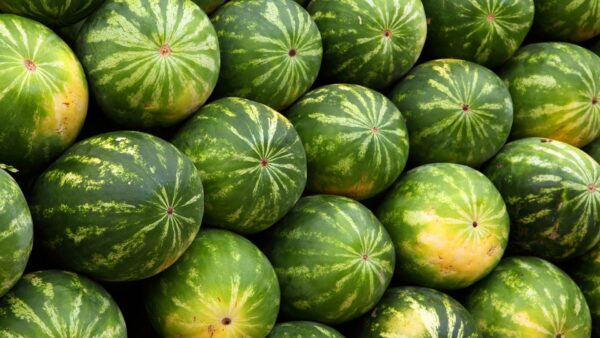In every glass, there’s a story — one that begins with a seed and ends with a sip that celebrates tradition and pushes boundaries.
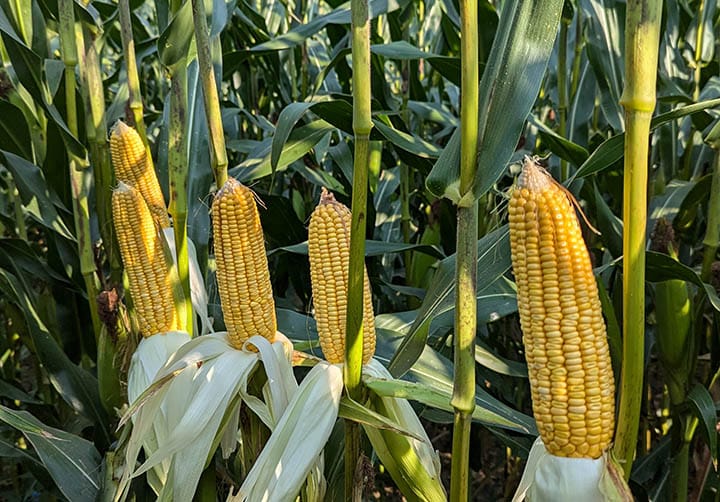
Corn is the foundation of bourbon, a distinctive American whiskey that holds a significant place in U.S. culture and the global spirits’ market. In 1964, Congress recognized bourbon as a distinctive product of the United States, meaning it can only be domestically produced. The small state of Kentucky produces 95% of the world’s bourbon. From sprawling farms to craft distilleries, corn plays a pivotal role in crafting bourbon that blends tradition, science and innovation. But don’t forget — bourbon’s journey begins with the seed.
Bourbon’s Core Ingredient: Corn’s Indispensable Role
Seth DeBolt is the director of the James B. Beam Institute for Kentucky Spirits at the University of Kentucky. The Beam Institute is the premier research and education center of the U.S. whiskey industry. He highlights corn’s integral place in bourbon production.
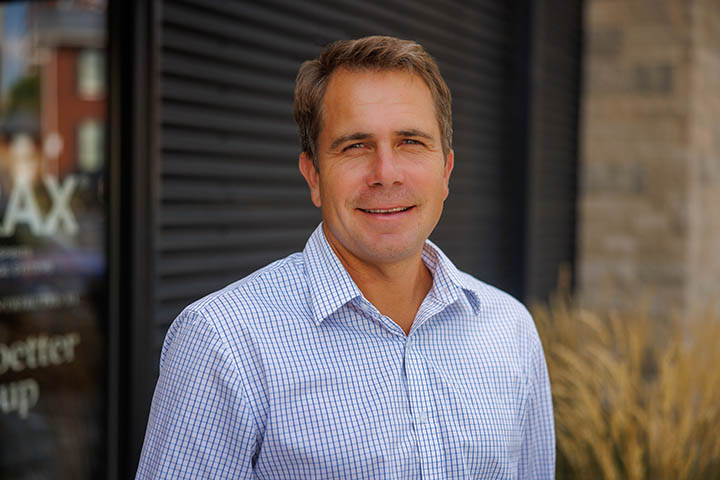
“If you put a regional bracket around Kentucky, you’re looking at about 21-22 million bushels of corn going directly to Bourbon, which is economically significant,” he says. “Bourbon must be at least 51% corn, but many distillers go much higher. Corn is an endemic grain; it’s America’s native grain, and it’s inseparable from bourbon’s identity.”
This grain’s unique relationship with bourbon is as much about quality as it is about quantity. Unlike corn destined for livestock feed or ethanol, bourbon demands a clean, high-quality grain.
While the grain might seem like a commodity to some, DeBolt emphasized that bourbon production demands a much higher standard.
“You don’t want off notes,” he says. “You want very clean, high-quality corn because it’s not going into ethanol or feed; it’s for human consumption. You’re first making a beer, then a distillate. Poor-quality inputs will ruin the entire process. High-quality agriculture makes high-quality bourbon, period.”
DeBolt emphasizes that most distillers prefer non-GMO corn not just for its marketability but also for its alignment with international trade standards.
“You can safely assume that the older distilleries are using non-GMO hybrids. It’s not just tradition — it’s about export requirements,” he explains. “European markets are stricter on GMO products, so distilleries avoid those complications entirely.”
Despite misconceptions, non-GMO hybrids are not inferior in yield compared to GMOs. DeBolt explains that years of breeding have made non-GMO corn competitive in the spirits’ industry.
“Non-GMO hybrids today are really great — they’ve come a long way,” he says. “If you look at the last 70 years of breeding, their yields are right up there with GMO varieties. Sure, you lose some conveniences, but the production quality is solid.”
Tradition Meets Precision Agriculture
At Homestead Family Farms, a sprawling operation in central Kentucky, JD Miracle, head agronomist, oversees 18,000 acres of farmland dedicated to producing non-GMO corn for some of the world’s top distilleries. While steeped in tradition, the farm embraces modern agricultural practices to meet bourbon’s rigorous demands.
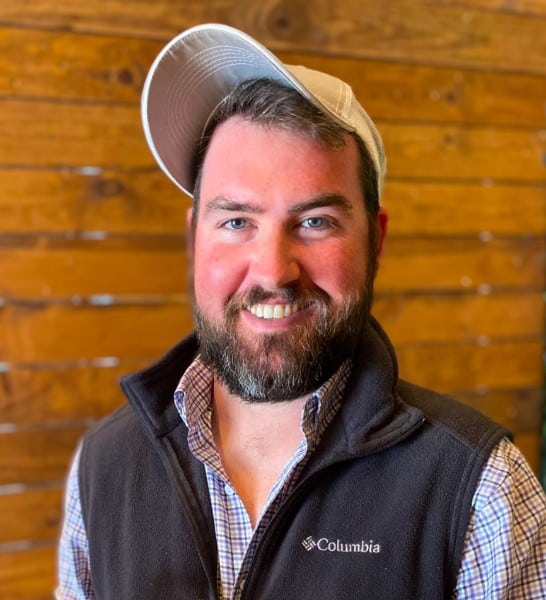
“We supply all our corn to Diageo’s Bulleit Bourbon distillery,” Miracle shared. “They want non-GMO corn because it aligns with consumer preferences and export requirements. And they pay a premium for it, so it’s worth the extra effort.”
Managing this operation requires Miracle to balance agronomic expertise with the practical challenges of growing non-GMO corn.
“We planted 20 different hybrids this year,” he says. “Our land varies a lot — from rich river bottoms to rolling clay hills — so we need hybrids that fit each environment perfectly.”
Non-GMO corn also brings its own set of challenges, particularly when it comes to weed management.
“Grass is our biggest problem,” Miracle says. “We’re limited in the herbicides we can use, but if the field is clean, non-GMO yields can be just as good, if not better, than GMO hybrids.”
Homestead Family Farms’ approach to seed storage is just as meticulous as its planting.
“We keep all our seed stored inside, in a kind of halfway controlled environment,” Miracle explains. “It’s not heated or cooled, but it’s insulated and protected. And we only move the seed out of the box once — when it’s going into the planter.”
Miracle also highlighted the farm’s commitment to sustainability.
“We use precision agriculture, no-till farming and other methods to ensure we’re being responsible stewards of the land,” he says. “It’s about producing high-quality crops while preserving the environment for the next generation.”
A Commitment to Heirlooms for Flavor
While Homestead focuses on large-scale non-GMO production, Jeptha Creed Distillery takes a more artisanal approach. Led by master distiller Joyce Nethery and her daughter Autumn Nethery, the distillery is known for its use of Bloody Butcher corn, an heirloom variety that brings a distinct flavor to their bourbon.
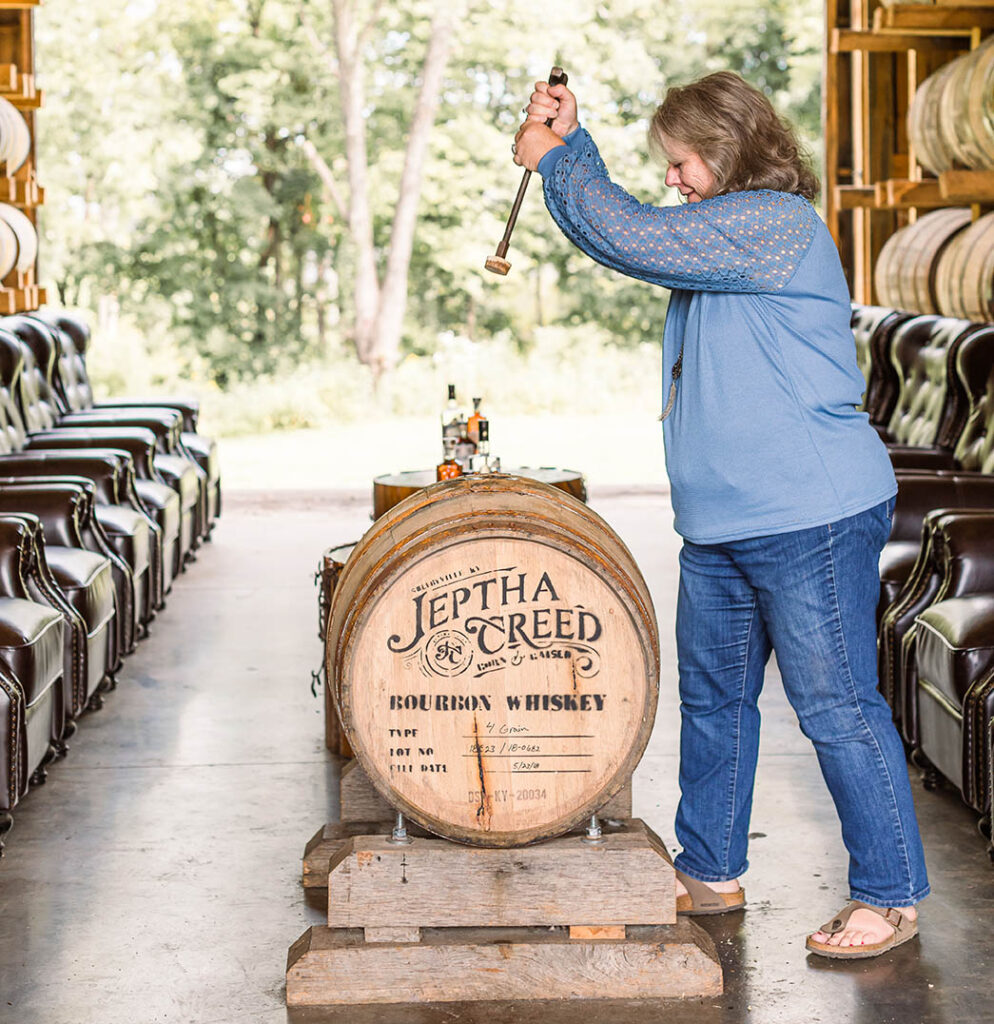
“Bloody Butcher gives our bourbon a beautiful, unique flavor profile — earthy, nutty and sweet,” Nethery says. “Yellow dent corn just doesn’t carry the same personality.”
The decision to use Bloody Butcher stemmed from Nethery’s passion for heirloom crops and a surprising connection to her search for authentic flavors.
“It all started with tomatoes,” she laughs. “I was looking for a tomato that tasted like the ones from my mother’s garden. The hybrids were fine, but they didn’t have the flavor I remembered.”
Nethery’s discovery of heirloom tomatoes sparked an idea.
“When I found heirloom tomatoes, they had this amazing, nostalgic flavor,” she says. “I realized that if heirloom vegetables could deliver that kind of taste, then heirloom corn could too.”
Her instincts proved correct. Early experiments with Bloody Butcher corn revealed a flavor profile so unique that even local wildlife took notice.
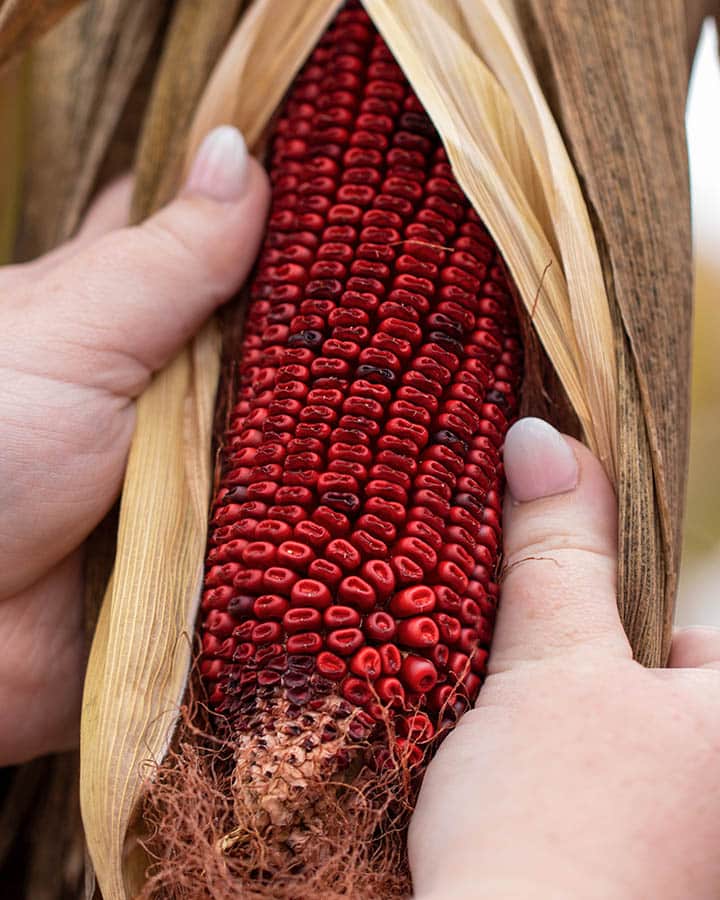
“We’d see deer lounging in the yellow corn fields, but they’d get up and go eat the Bloody Butcher,” she said. “If the deer wanted it, I wanted it too.”
However, growing and processing heirloom varieties comes with challenges. She says Bloody Butcher stalks get so tall they often fall over in August storms. They also lose a portion of the crop to wildlife. The deer, squirrels and raccoons love it as much as people do.
Despite these hurdles, Nethery remains committed to heirloom corn.
“It’s worth it for the flavor,” she said. “It’s what makes our bourbon unique.”
Jeptha Creed’s experimentation doesn’t stop at Bloody Butcher corn. Their Red, White and Blue Bourbon blends heirloom varieties to create a spirit that celebrates their agricultural roots and honors veterans.
“We use Bloody Butcher, Hickory King white corn, and Bruce’s Blue,” Nethery says. “It’s our way of tying our craft to history and giving back to the community.”
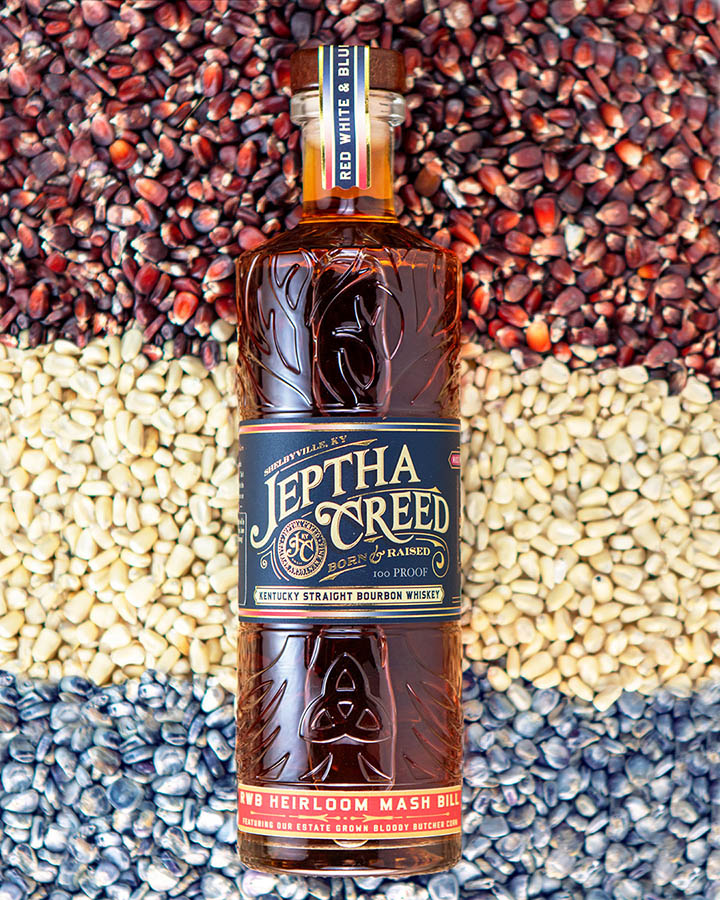
When it comes to the role of seed breeders in the spirits’ industry, Nethery has a clear request: don’t lose sight of flavor.
“There’s been so much emphasis on yield and efficiency, but I’d like to see more attention on maintaining and enhancing flavor,” she said. “The varietal of corn makes a difference in bourbon, just like the varietal of grapes does in wine.”
Her respect for heirloom varieties remains steadfast. “I’d hate to lose the flavor to get shorter, easier-to-harvest stalks,” she said. “That flavor connects us to our grandparents, to history. It’s worth protecting.”
Connecting the Grain to the Glass
As bourbon consumers become more interested in where their products come from, initiatives like the Estate Whiskey Alliance are gaining traction. This certification program ensures that at least 75% of a bourbon’s grain is grown on land owned or leased near the distillery.
“It’s about connecting consumers with the origin of their bourbon,” DeBolt explains. “Think of it as bourbon’s version of Napa Valley wine terroir.”
For Jeptha Creed, the alliance’s values align perfectly with their “ground-to-glass” philosophy.
“All our corn is grown within 10 miles of the distillery,” Nethery says. “The certification adds trust and authenticity to what we do.”
Homestead Family Farms also recognizes the growing consumer interest in authenticity.
“People want to know the story behind their bourbon,” Miracle adds. “It’s more than just a label — it’s a connection to the land and the people who cultivate it.”
Innovation and Tradition in Bourbon’s Future
As bourbon continues to evolve, the role of corn remains at its core. From Homestead’s precise cultivation of non-GMO hybrids to Jeptha Creed’s heirloom experiments, the industry balances innovation with tradition to deliver the highest quality spirits.
While corn breeding for bourbon remains an underexplored area, DeBolt sees untapped potential in breeding corn specifically for bourbon.
“Breeding corn for specific traits like flavor or regional uniqueness is a fascinating idea, but it’s a long game,” he says. “You’d need at least a decade just to test how a variety might influence the flavor after aging. It’s high-risk for seed companies because the payoff is so far out.”
He notes the balance seed companies must strike when investing in traits.
“You want a product that meets a wide market,” he says. “If you’re just producing for one small region, it’s not a sustainable business model. But there’s opportunity here — traits like smoother grain complexity or enhanced regional characteristics could shine through in bourbon.”
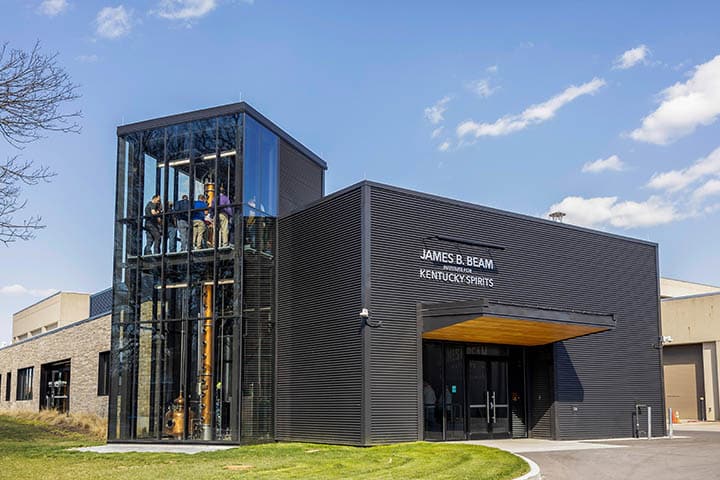
DeBolt also points out that modern breeding has achieved remarkable progress in disease resistance.
“Seventy years of breeding for disease resistance means today’s corn is incredibly clean,” he says. “That’s vital because even small levels of disease can create off notes in the distillate — earthy or musty flavors that detract from the spirit’s quality.”
Nethery says her focus always remains on flavor.
“Yield and efficiency are important, but we can’t lose the soul of what makes bourbon special,” she says. “Flavor connects us to history. It’s worth preserving.”
Sustainability Saves the Seed and the Spirit
Sustainability is not just a buzzword in the bourbon industry — it’s a necessity.
“Corn growers and agronomists have been the greatest environmentalists of the past 100 years,” DeBolt says. “We’ve seen an eightfold increase in yields with only a 10% increase in inputs. That’s extraordinary.”
However, DeBolt cautioned against conflating sustainability with newer terms like regenerative agriculture.
“Regenerative agriculture is just sustainability with a new name,” he said. “The data from Kentucky’s 50-year no-till trials show that it takes decades to recover the carbon lost from tillage. Progress is slow but measurable.”
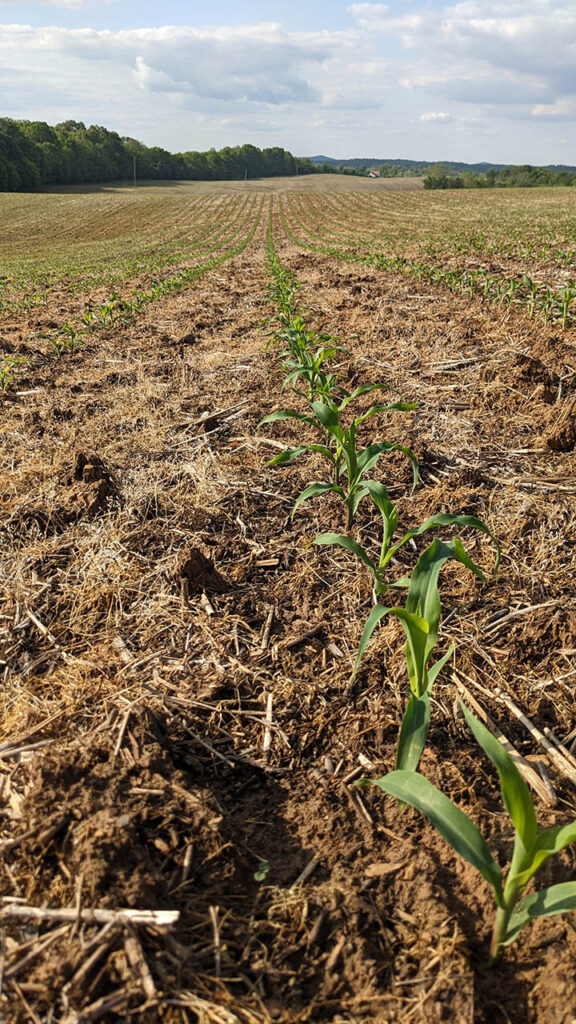
He added that cover crops and no-till practices are critical to maintaining soil health.
“If we hadn’t made these advances, we’d be clearing forests or using marginal lands to grow enough corn,” he says. “Instead, we’re able to produce efficiently while preserving natural ecosystems.”
In every sip of bourbon, there’s a legacy that begins long before the spirit reaches the glass. From the careful selection of corn hybrids to the precise cultivation practices and the artistry of distillation, bourbon embodies a harmonious blend of science, tradition and passion. Whether it’s the clean, traditional corn of large-scale farms or the heirloom varieties that infuse unique flavors in craft whiskey, every choice honors the history and the land and the seed that make this spirit distinctly American.
As the industry looks ahead, balancing sustainability, innovation and authenticity, one truth remains: bourbon’s story will always begin with the seed and end with a taste that connects us to its roots.


